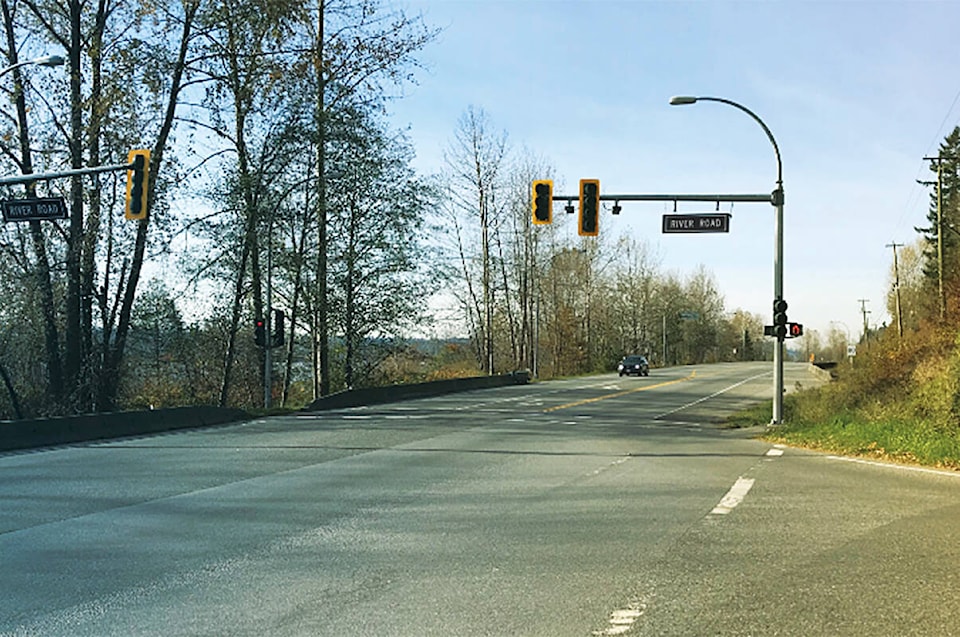We can’t widen our way out of every traffic mess.
Right now there are a number of road-widening projects either underway or planned in eastern Metro Vancouver and the Fraser Valley. Widening Highway 1 to six lanes has long been a demand of mayors, truckers, and commuters from Surrey out to Chilliwack, and that’s proceeding in stages. Other major regional highways, from the Lougheed to Fraser, are also being expanded.
But eventually, we’re going to have to admit that we can’t keep doing that.
People who grew up in, or moved to, the suburban and rural parts of this region between the 1970s and 1990s remember when there were few to no traffic jams. Those were things that happened to Vancouver, and maybe to a few major commuter routes heading west.
But we’ve added tens of thousands of new residents since then. Our neighbourhoods are much denser, with condos and townhouses and small-lot subdivisions. This means there’s more of everything – more cars, more trucks, more buses, more pedestrians, more cyclists.
It’s well known among traffic planners that simply adding more highway lanes and interchanges causes what’s called “induced demand.”
When you make it easier to travel on a highway by widening it, you draw more traffic, which eventually slows things back down to right where they were before.
In other words, we can’t build our way back to a semi-rural/suburban world of light traffic.
More importantly, we shouldn’t be trying to do so.
We actually need traffic to slow down.
For all the advances in airbags and seat belts and crumple zones, far too many people still die in traffic collisions. And none of those advances protect pedestrians or cyclists.
We can have faster roads, or we can have safer roads, but we can’t have faster safer roads.
That doesn’t mean gridlock. It means traffic calming in residential and small-scale commercial areas. It means transit and bike lanes. It means designing our commercial neighbourhoods so that it’s convenient to make just one trip by car to cover a host of errands, instead of driving from place to place to place.
Those old days of empty country roads are fading fast, and we can’t wish them back.
– M.C.
